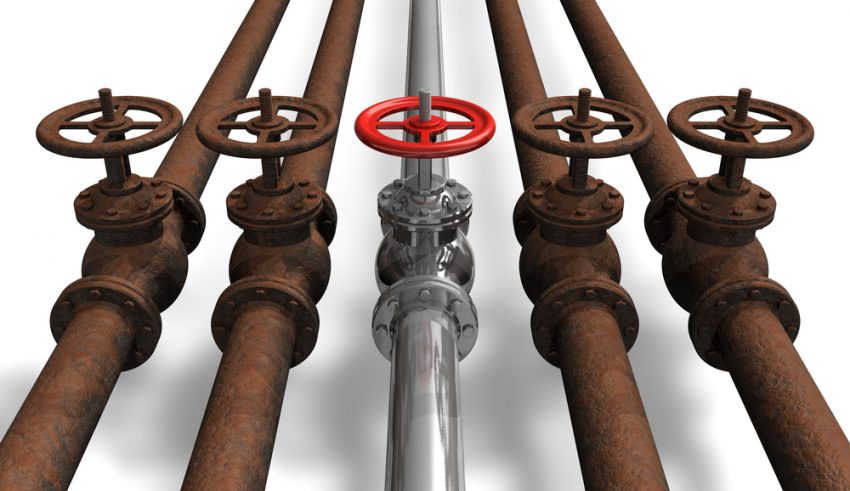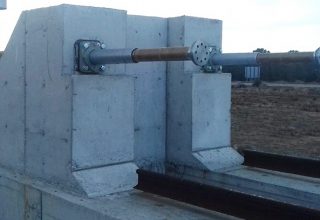
Cathodic protection is known for being the most efficient in protecting metal surfaces that are in permanent contact with water, as is the case of all kinds of pipes, and especially in the anti-corrosion treatment of ship hulls. However, there is another use of this technology and it is as antifouling, a very significant problem for both the hull and the ship’s pipes which are in contact with the sea, as is the case with refrigeration pipes.
Cathodic protection for boat hulls
Every boat is exposed to corrosion as a result of its permanent exposure to water. This phenomenon occurs when the metal used to manufacture the aforementioned parts deteriorates due to the effects of saline sea water and the tendency of the material to return to the its pre-existing oxide condition (natural state of many minerals before being handled by man).
Why does corrosion occur?
Corrosion is an electrochemical process that occurs on a microscopic scale. Gradually, millions of electrons present in the atoms of the ship’s parts, begin to travel from one part of the metal to another. This happens due to the difference in charge of the material in question. As with a magnet, the electrons are attracted to the positive charges of the opposite pole. The area that loses electrons is referred to as anode, while the one that receives them is known as the cathode.
Attempts to deal with corrosion
Over time, engineers in the naval industry have made great efforts to stop, or at least mitigate, the effects of corrosion on metal parts of ships. The structures that are in contact with the water create the most concern. No wonder. The ship’s ability to float and navigate depends on the hull, propellers and rudders being in good condition.
For decades, special paints have been utilized on the hull of ships, obtaining modest results. Using conventional methods generates significant expenses for maintenance and breakdown repairs. Since corrosion is an electrochemical phenomenon, a method that acts in the same way is needed to combat it. This is what is achieved with the impressed current cathodic protection. Let’s see what this is about.
Cathodic anti-corrosion protection
The cathodic protection system consists of several elements. First, it has anodes that are placed in specific places on the hull. Its purpose is to release the electrical charge needed to compensate for the loss of electrons that happens in certain regions of the metal. Electricity travels through the ship’s surface and the water that surrounds the ship.
Other components, known as reference cells, measure the electric potential of the different areas of the hull in order to identify when an electric current should be applied through the anodes and, at the same time, determine the intensity of the discharge.
The impressed current cathodic protection would not be possible if it were not for the control panel, which in the case of ships, is generally installed in the engine room. This computer receives information on the difference in charges of the reference cells and acts accordingly, regulating the output power of the anodes. The control panel has a monitor that allows crew members to know how the system is functioning in real time.
It is also possible to obtain the aforementioned readings from anywhere on the ship. This is accomplished by installing a monitor that connects to the control panel.
Now, the hull is not the only part of the ship that suffers from corrosion. The drive shaft bearing, propellers, and rudders are also vulnerable to this natural enemy. Fortunately, these parts of the machinery can also receive impressed current cathodic protection. For this, a ring is placed to connect the shaft to the hull. This allows the parts assembled on the drive shaft to receive the same benefits as the hull.
Protection of the hull (and other essential parts) against corrosion is practically ensured throughout the life of the boat, provided this system works properly. Without a doubt, the cathodic protection system is one of the most effective to date.










